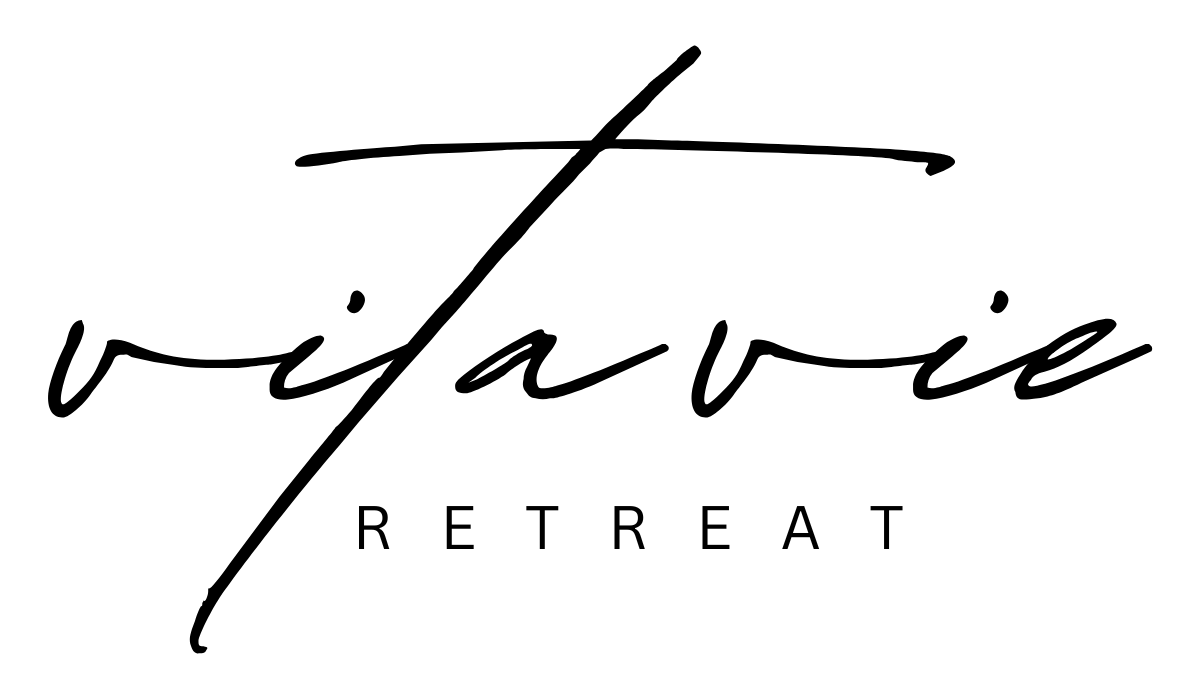Become Your Own Growth Architect: Practices, Challenges, and Strategies for Lifelong Development
/Author: Jennifer McGregor
Growth doesn’t begin with a plan. It begins with a question: What would change if I stopped waiting for the right moment? Personal growth isn’t a quick transformation—it’s slow architecture. It’s the work of shaping mindsets, upgrading habits, and confronting limits that no longer serve you.
Hot Takes
Growth happens when reflection meets structure.
The hardest part isn’t starting—it’s continuing.
Your environment is part of your psychology.
Sustainable progress depends on clarity and pacing
The Growth Path - A Simplified View
A Practical Checklist to Build Momentum
Define one area you want to grow in — not five.
Set a 30–90 day horizon and one metric that matters.
Replace vague goals with observable actions.
Use a structure like Todoist or a simple paper planner to track habits.
Schedule one review block weekly: ask, “What did I notice? What needs reinforcement?”
Protect your bandwidth — apps like Freedom help reduce noise while you focus.
Keep one supportive friend or coach aware of your plan; accountability amplifies persistence.
When Learning Becomes Growth
Going back to school—or even enrolling in focused online programs—can completely rewire your confidence and worldview. Check this out: Studying topics like psychology, leadership, or creativity helps you understand both the cognitive and emotional processes behind behavior and motivation.
The benefit isn’t just in credentials—it’s in how structured learning expands your ability to analyze, empathize, and adapt.
If returning to formal education isn’t realistic, micro-learning works too: personal reading plans, group study circles, or independent coursework completed at your own pace can yield just as much transformation. The key is curiosity paired with consistency.
Balancing Mind and Body
Growth that lasts involves both mindset and physiology. A sluggish body slows cognitive clarity; a calm nervous system supports better decision-making.
For anyone seeking guided realignment, exploring health and mindset coaching through Vita Vie Retreat can be a meaningful reset, combining physical renewal with strategic mental recalibration.
FAQ: Common Growth Roadblocks
Q: What if I start strong but lose momentum?
A: Stop tracking intensity—start tracking consistency. Even minimal daily action reinforces identity.
Q: How do I overcome fear of change?
A: Make micro-changes visible. Document them. Progress recorded becomes fear reduced.
Q: I’m too busy for personal development—where do I begin?
A: Start with subtraction. Remove one energy-draining behavior first (doomscrolling, multitasking, chronic overcommitment). Space is fuel.
Structuring Your System
Define your “why.” Purpose prevents fatigue.
Stack your triggers. Link new habits to existing ones—after coffee, meditate; after work, walk.
Write, don’t just think. Tools like Evernote or analog notebooks from Baron Fig help translate reflection into clarity.
Design downtime. Growth solidifies during rest—protect quiet.
Review quarterly. Treat each cycle like an experiment, not a test.
Conclusion
Personal growth doesn’t reward speed—it rewards steadiness. It’s built through self-honesty, daily iteration, and the courage to try again. Whether you study, journal, train, or teach, the principle remains: growth compounds quietly in the background—if you give it structure, space, and time.






















